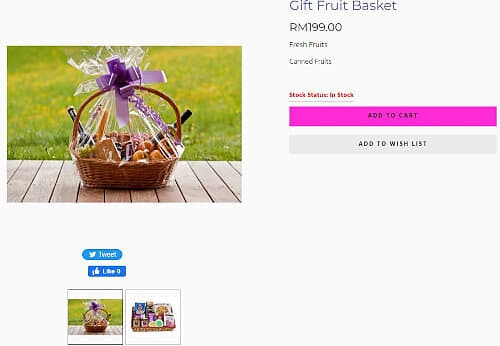

7 Tips: How To Write Product Descriptions That Sell. Don't Get Number 3 Wrong.
You can easily implement all these tips.
How To Craft Compelling Product Descriptions That Drive Sales
In the video above, you'll see that we've included some help from AI to save you time when writing product descriptions. We call it Magic Write. Simply input a few products details and it'll do the rest.
In today's highly competitive e-commerce landscape, crafting a compelling product description is essential to entice potential customers and drive sales. Product descriptions play a vital role in providing information about the product, highlighting its unique selling points, and persuading the target audience to make a purchase. This article outlines the key steps to create captivating product descriptions that can effectively influence purchasing decisions.
1. Understand Your Target Audience
The first step in crafting a persuasive product description is to understand the unique characteristics, preferences, and pain points of your target audience. This information will help you tailor your description to address the specific needs of your potential customers. Keep in mind the demographics, interests, and shopping habits of your audience to create an appealing and relatable description.
2. Use Storytelling to Engage Customers
Storytelling is a powerful tool that can make your product descriptions more engaging and memorable. Use anecdotes, personal experiences, or customer testimonials to paint a vivid picture of how your product can make a difference. This approach allows potential customers to envision themselves using the product and experiencing the benefits it offers.
3. Emphasize the Benefits, Not Just Features
While it's important to include the features of your product, focusing solely on them may not be enough to persuade potential customers to make a purchase. Instead, concentrate on the benefits your product offers, addressing how it can solve a problem or improve the customer's life. Clearly highlight the value the product brings, and ensure that the benefits are tangible and relatable to your target audience.
4. Optimize for Search Engines
To ensure that your product descriptions are easily discoverable by potential customers, optimize them for search engines. Use relevant keywords and phrases in the title, subheadings, and throughout the description to improve your search engine ranking. Be mindful not to overstuff keywords, as this can negatively impact the readability and user experience.
5. Keep it Clear and Concise
A well-structured, concise product description is more likely to hold the attention of your target audience. Use clear, easy-to-understand language and avoid jargon, which may confuse or alienate potential customers. Break up the text into short paragraphs or bullet points to enhance readability and make it easier for customers to skim and find the information they need.
6. Use Sensory and Emotional Language
Incorporate sensory and emotional language in your product descriptions to create a vivid mental picture of the product experience. Descriptive adjectives and action verbs help customers imagine the feel, taste, smell, or sound of your product, which can be more persuasive than simply listing its features. Emotional language also helps evoke a response, connecting with customers on a personal level and increasing the likelihood of a purchase.
7. Include Social Proof
Social proof, such as customer reviews, ratings, or testimonials, can significantly impact purchasing decisions. Including these elements in your product description adds credibility and trustworthiness, making potential customers more confident in their decision to buy your product. Ensure that the social proof you include is genuine and relevant to your target audience.
Conclusion
Creating a compelling product description is a crucial aspect of driving sales in the competitive e-commerce market. By understanding your target audience, focusing on benefits, using storytelling, optimizing for search engines, keeping the text clear and concise, incorporating sensory and emotional language, and including social proof, you can craft persuasive product descriptions that entice users to buy your product. Implement these strategies to enhance the effectiveness of your product descriptions and boost your sales.